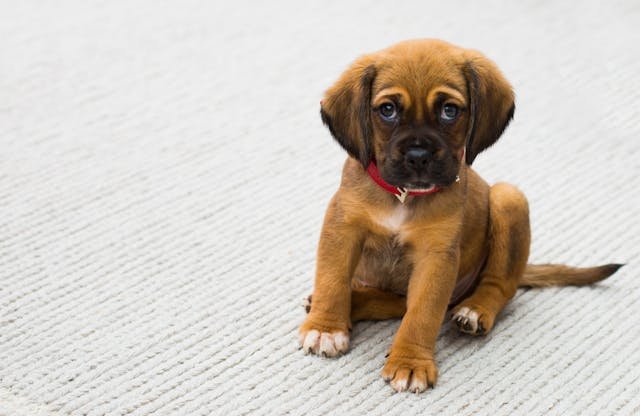Introduction

Bringing a new puppy or kitten into your home is an exciting time, but it also comes with its fair share of challenges. One of the first hurdles you’ll encounter is potty training. While it may seem daunting at first, with the right approach and a little patience, you can master potty training and set your new pet up for success. In this step-by-step guide, we’ll walk you through the process of potty training your puppy or kitten, making it simple and stress-free.
1. Establish a Routine
Consistency is key when it comes to potty training. Start by establishing a regular feeding schedule for your pet. This will help regulate their bathroom habits and make it easier for you to anticipate when they need to go. Take them outside or to their litter box at the same times each day, such as after meals, naps, and playtime.
2. Choose a Designated Area
Whether you have a puppy or a kitten, it’s important to designate a specific area for them to do their business. For puppies, this could be a small section of your yard or a designated spot on a pee pad. For kittens, a litter box with low sides is ideal. Make sure the area is easily accessible and consistently maintained.
3. Positive Reinforcement
When your pet successfully goes potty in the designated area, be sure to praise and reward them. This could be in the form of verbal praise, treats, or a combination of both. Positive reinforcement helps reinforce the desired behavior and encourages your pet to continue using the designated area.
4. Consistent Supervision
Especially in the early stages of potty training, it’s important to keep a close eye on your pet. Supervision allows you to catch accidents before they happen and redirect your pet to the designated area. Keep them in a confined space or use a leash to prevent them from wandering off and having accidents in other parts of the house.
5. Be Patient and Persistent
Potty training takes time and patience. Accidents will happen, and it’s important not to get discouraged. Stay consistent with the routine, positive reinforcement, and supervision. With time, your pet will learn where they should go potty and accidents will become less frequent.
6. Clean Accidents Properly
If accidents do occur, it’s crucial to clean them up properly. Use an enzymatic cleaner specifically designed for pet accidents to remove any lingering odors. Avoid using ammonia-based cleaners, as they can actually attract your pet back to the same spot.
7. Gradually Expand Boundaries
As your pet becomes more reliable with their potty training, you can gradually expand their boundaries. Start by giving them access to one additional area of the house at a time, always keeping a close eye on them. This gradual approach helps prevent accidents and reinforces the desired behavior.
8. Seek Professional Help if Needed
If you’re struggling with potty training despite your best efforts, don’t hesitate to seek professional help. A professional dog trainer or cat behaviorist can provide guidance tailored to your pet’s specific needs and help you overcome any challenges you may be facing.
Conclusion
Potty training your puppy or kitten doesn’t have to be a daunting task. By establishing a routine, choosing a designated area, using positive reinforcement, and being patient and persistent, you can successfully potty train your new pet. Remember, accidents will happen, but with consistency and a little bit of time, your pet will become a potty-training pro. Enjoy the journey of raising your furry friend and celebrate each milestone along the way!
